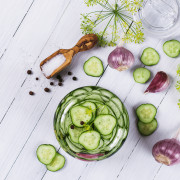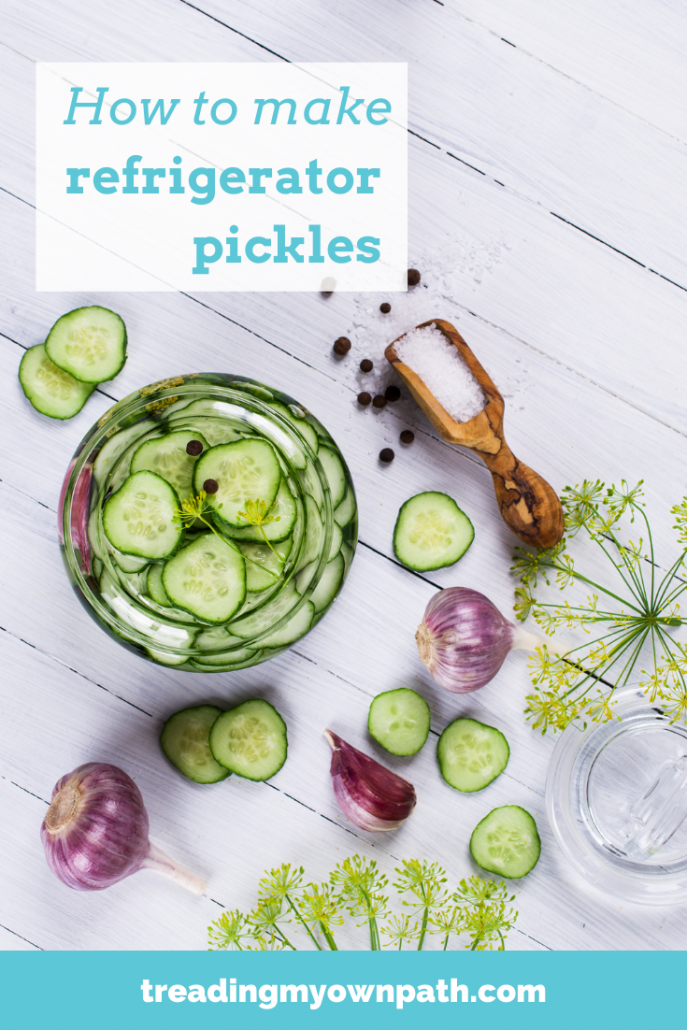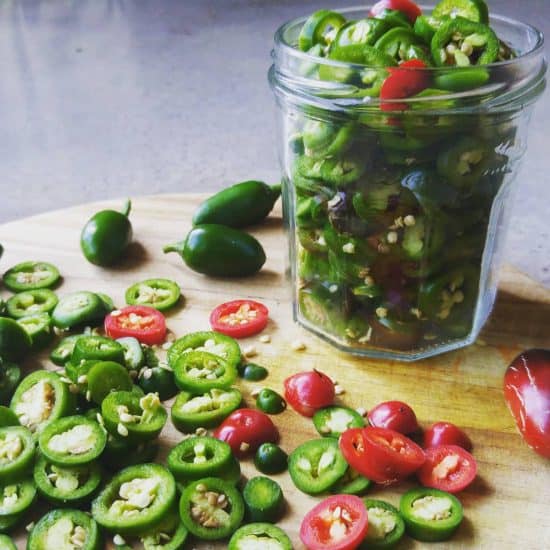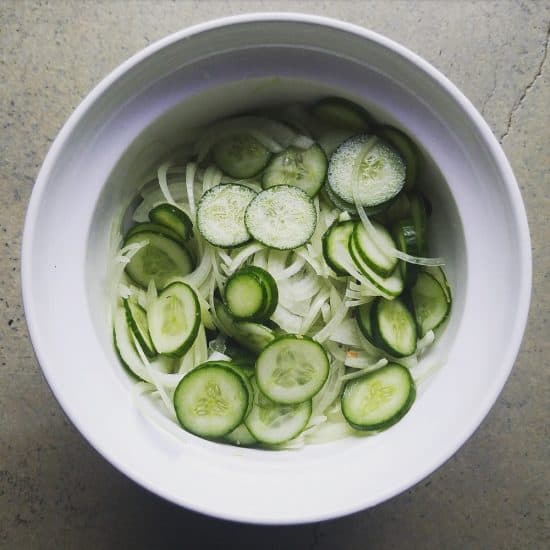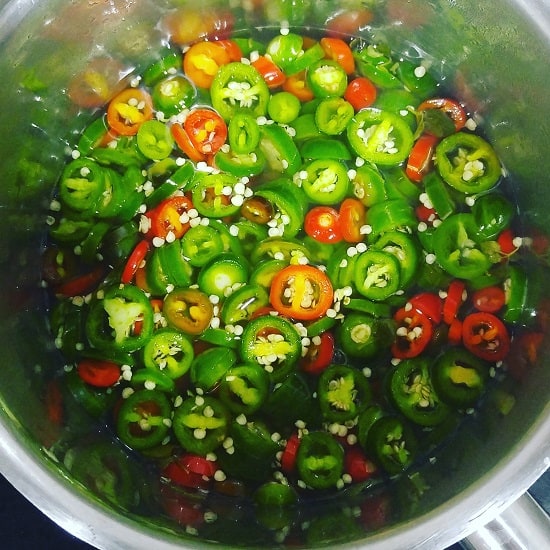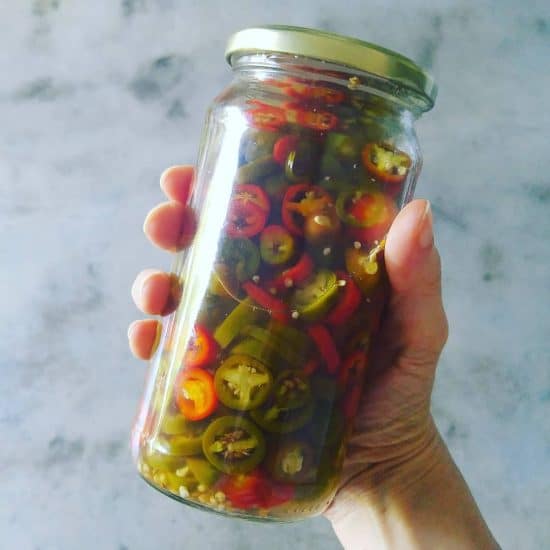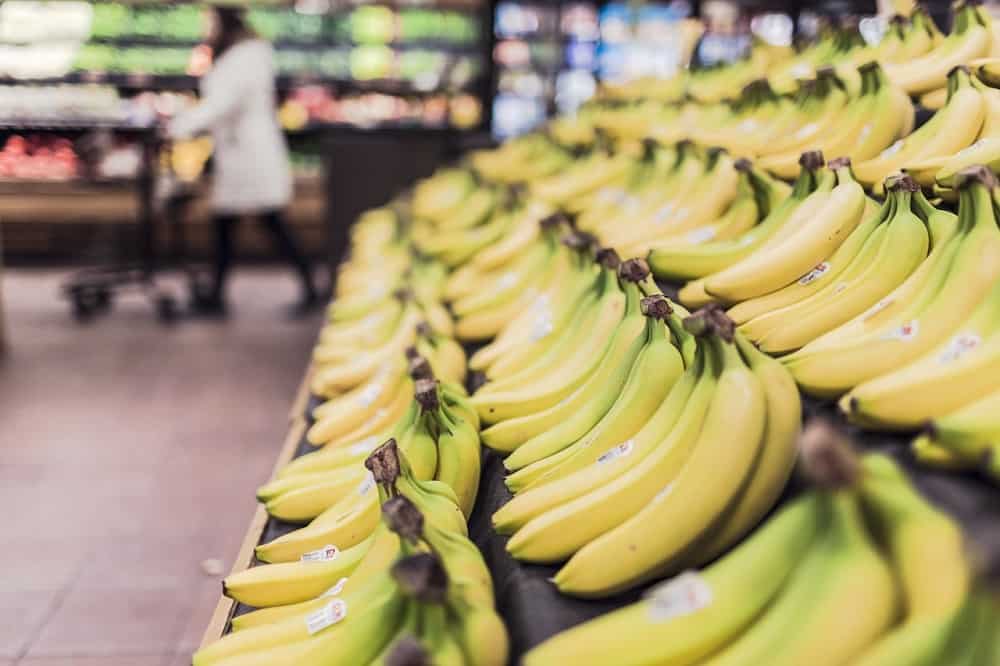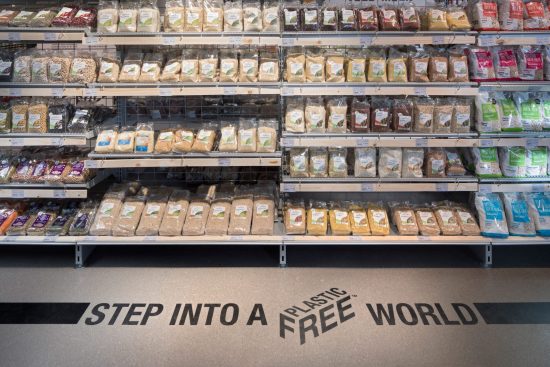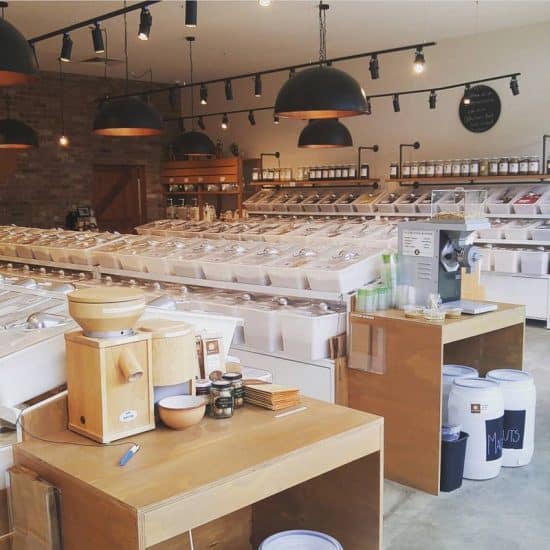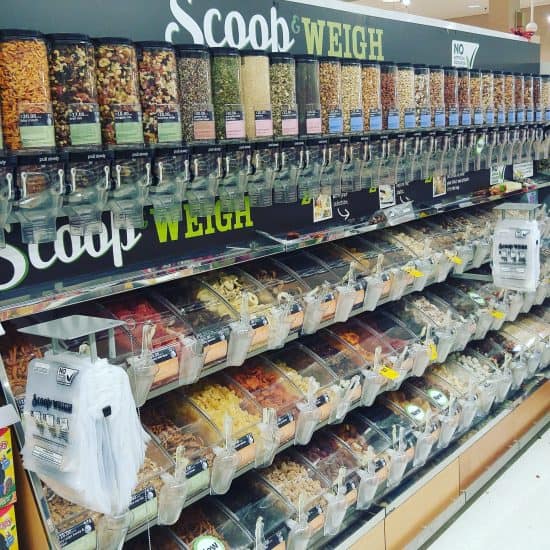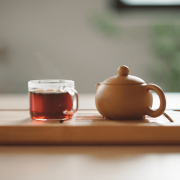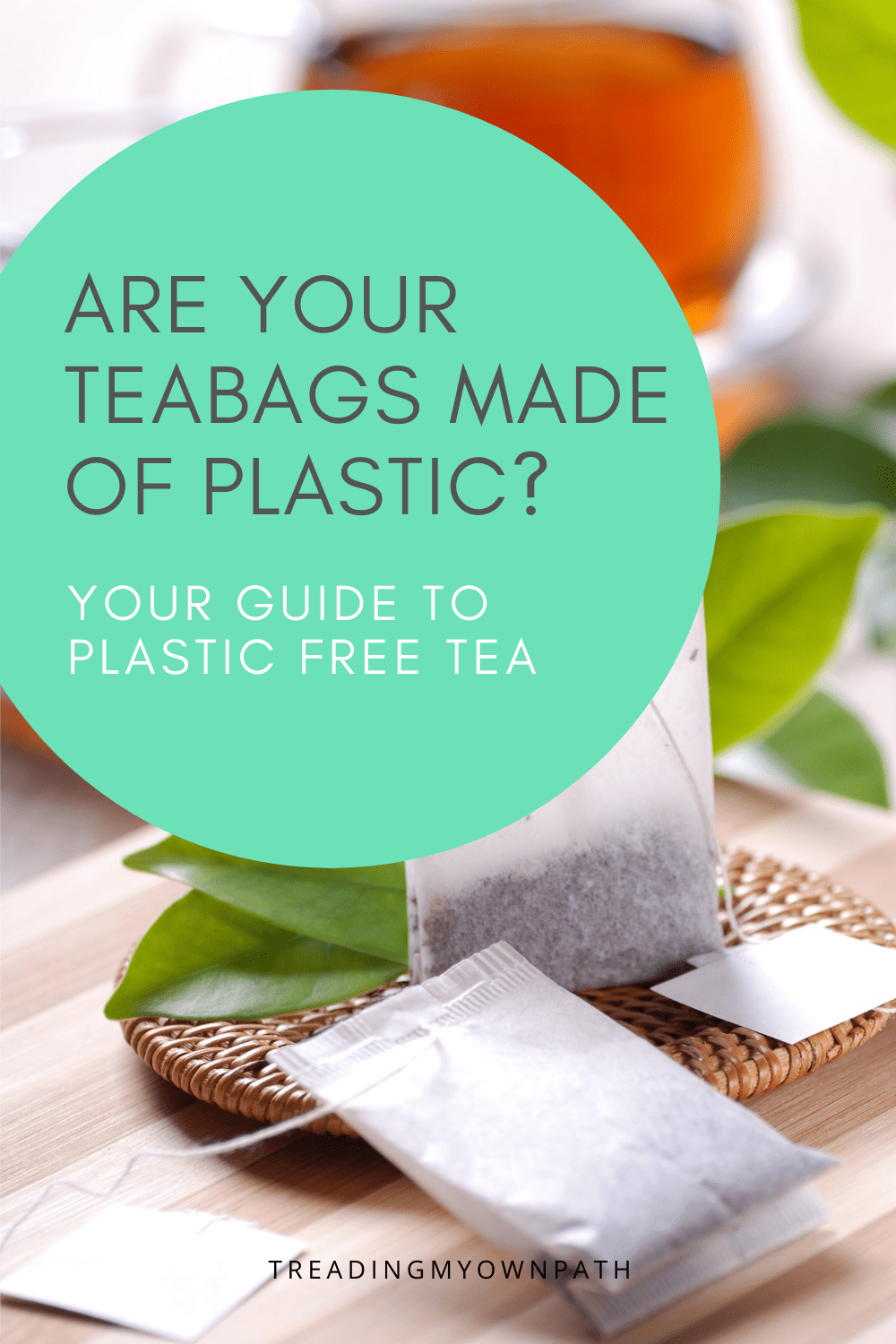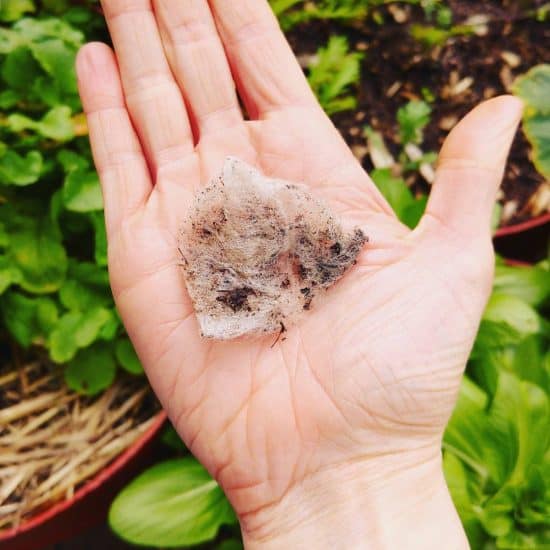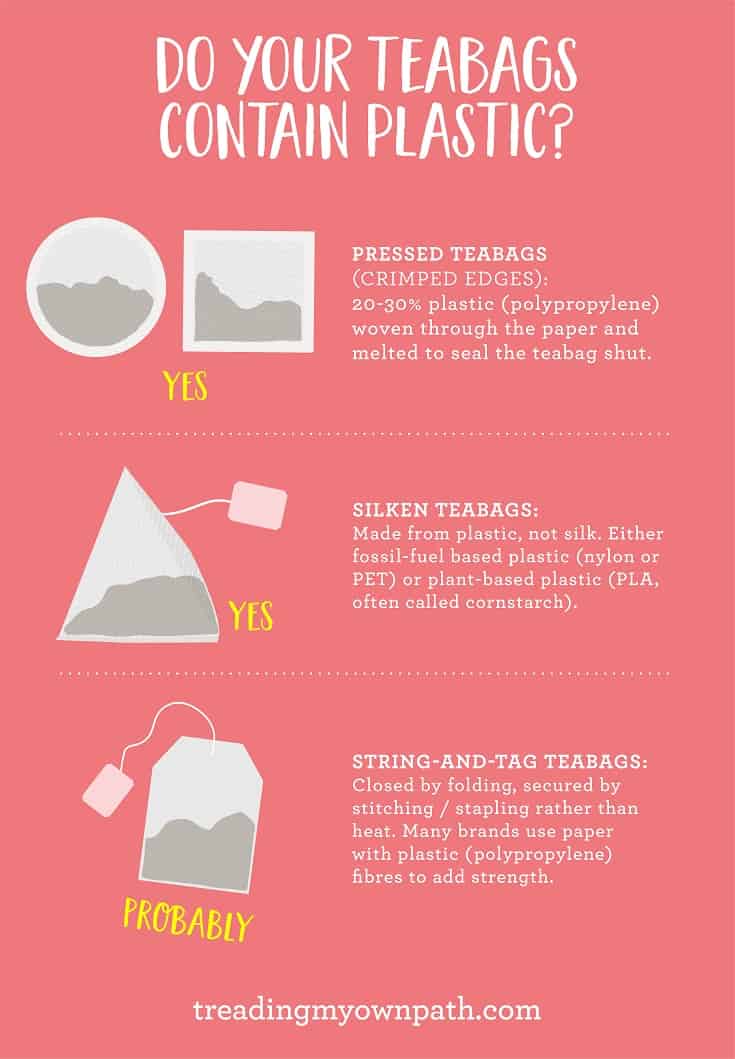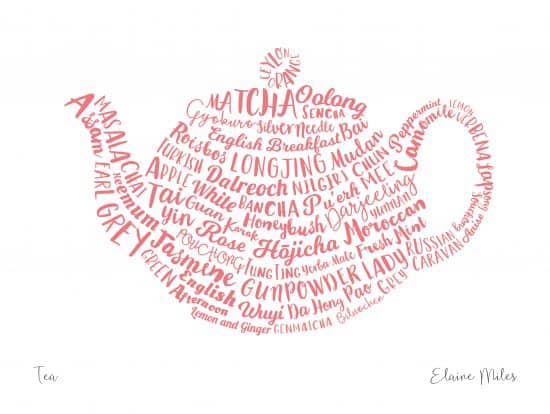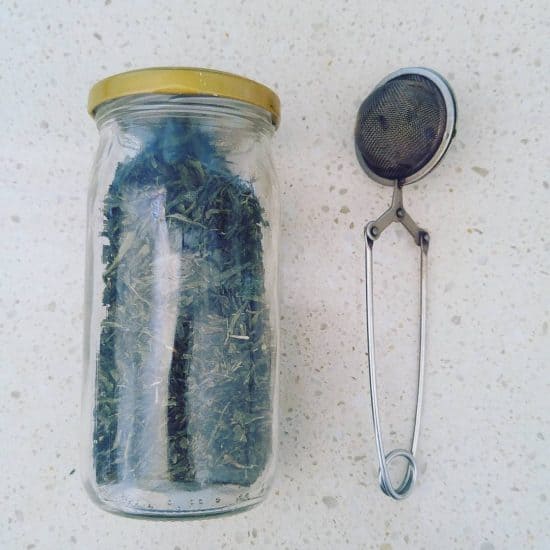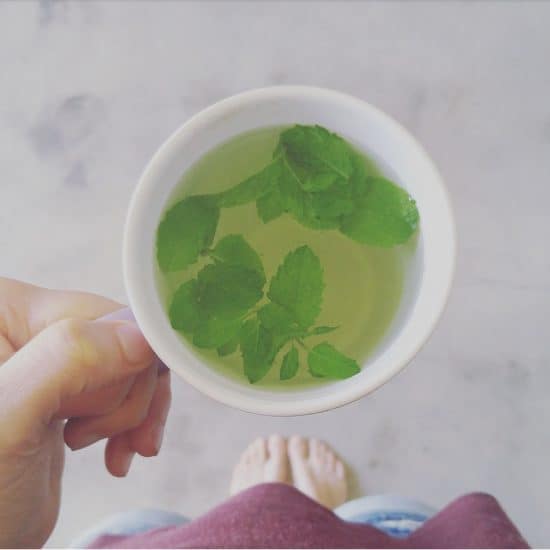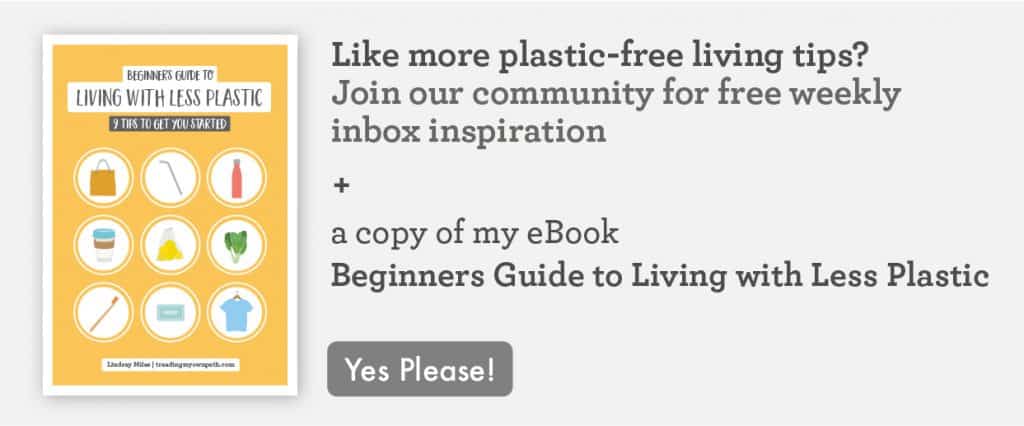A Zero Waste Backpacking Trip: What I Packed
Tomorrow I’m setting off to France on my big walking-across-Spain adventure. I’m hiking to Santiago de Compostela (in Spain) from the town of St John Pied-de-Port in France. It’s 800km in total, along the Camino Frances (most commonly known as the Camino de Santiago).
I’m expecting it to take about 5 weeks.
The biggest difficulty (well, aside from walking 800km of course, but I’m putting that to the back of my mind right now so it doesn’t seem so far!) is figuring out what to pack.
Particularly as a minimalist, who needs to keep warm at the top of the mountains and cool on the lowlands, believes in packing light, can’t face the idea of needing anything single-use on the way, would rather not buy anything new and doesn’t have time to source everything second-hand…
As always, there’s a balance, and there’s compromise.
A Zero Waste Backpacking Trip Across Spain
Using What I Already Have
I’m a big believer in using what I already have where I can. Interestingly, the things I already own and don’t own were a little random. I already own a pair of decent hiking boots, a backpack and a silk sleeping bag liner (purchased back in 2002 and still going strong).
No need to replace these.
On the other hand, I don’t actually own any t-shirts, any jumpers with full length sleeves, or a raincoat.
(I’ve been saying I’ll buy a raincoat since I moved to Perth in 2011. I think I believed Perth was the land of the eternal sunshine. It’s no UK, but I was definitely a little over-optimistic.)
Although I already have a bunch of reusables, I did get some new ones that I think are more appropriate for what I need.
Brand New versus Second Hand
I try to buy as much as I can second-hand, but when you’re looking for specific items it can be more of a challenge. I’m confident it can be done. On this occasion though, I did not have the time (or the patience) to source everything second-hand.
I visited a few second hand stores and had some success. I also spent a great deal of time searching online, with less success.
I found two pairs of shorts, a t-shirt and a lightweight dress second-hand. I was also able to borrow two walking poles.
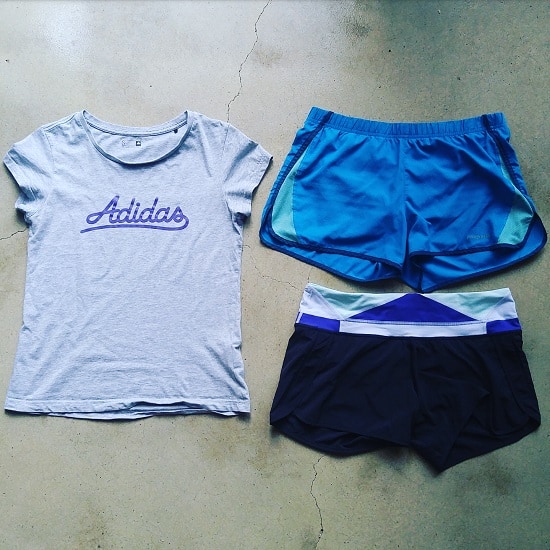
The difficulty of browsing online was that I had no real idea of the quality or fit of many of the brands on offer. (Plus most things take 2 weeks to reach the west coast from the east coast via mail, so second-hand online shopping means allowing a considerable amount of time.)
The range was also pretty small. In the end I accepted I’d have to buy more new than I’d have preferred to.
Natural Fibres versus Synthetic Fibres
I’m always torn between wanting natural fibres but also needing to be practical, not to mention the ethics of different materials.
Waxed cotton is waterproof but super heavy; lightweight rain jackets are 100% synthetic. Products like down can be harvested by cruel methods; synthetic fleece is the worst fabric for shedding microfibres into the ocean.
The raincoat I purchased was made by Patagonia, who are well known for and committed to pursuing sustainable practices. The outer is made from 100% recycled nylon. Whilst I hate buying synthetic fabrics, I do take comfort in knowing it is made from recycled material over virgin plastic.
(For those in the US, Patagonia offer Worn Wear, which is an online store selling pre-loved Patagonia wear. I love this option, but it is not currently available in Australia.)
In my quest for a lightweight jumper I purchased a down vest. I’ve been against down since watching the Earthlings documentary; they show undercover footage of geese being stripped of their feathers whilst fully conscious. But at the store I was told about ethical down, wild harvested once the geese leave their nests (they shed down to insulate their eggs), and I felt more comfortable with this.
Each down product the store sells has a tracking number for traceability.
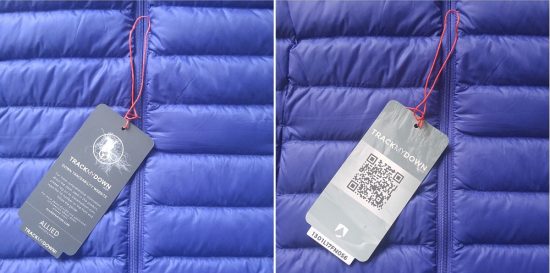
Having tracked my ID at trackmydown.com I discovered that the down in my vest is 100% duck down from China, which is a by-product of the meat industry. No birds are live-plucked according to their auditing process. Not exactly the wild-harvested down I was told about though (which does exist, but is much harder to find).
This down is certified Responsible Down Standard. Auditing and certification is better than not, and changing any industry with improved animal welfare and greater transparency is a good thing. Being a part of the meat industry, I do have mixed feelings.
The few other things I purchased were merino wool, which is lightweight and breathable. A pair of leggings (Macpac), a bra (Icebreaker), a t-shirt with no seams across the shoulders (much better for carrying a backpack) (Icebreaker) and a long-sleeved thermal (Kathmandu).
I checked all the brands with the Behind the Barcode 2018 Ethical Fashion Report, which assesses supplier relationships, policies and worker empowerment for different companies and grades performance.
Icebreaker was graded A+, Patagonia was graded A, Kathmandu was graded A, and Macpac was graded B.
Okay, so here is my confession: I purchased a pair of brand new nylon trousers. Not recycled nylon. Yes, I’m cringing too. We all have moments of weakness. In my defence, I was pretty tired of shopping by this point.
Total weight of clothes (including everything except hiking boots): 2.4kg.
Packing Reusables
It is very important to me that I avoid single-use disposables wherever possible. It is also important that I avoid plastic where I can. I want to travel light, yet all of the lightweight reusable solutions seemed to be plastic.
I knew that titanium is a lightweight metal sometimes used in camping and hiking gear, and I wondered if titanium reusables exist. It turns out they do! I found a reusable water bottle, leakproof container, spork and travel mug at Vargo Outdoors, who specialise in titanium equipment and accessories.
I’ve compared them with my regular reusables to give an idea of weight difference. Clearly they are not exact swaps, but they serve the same purpose.
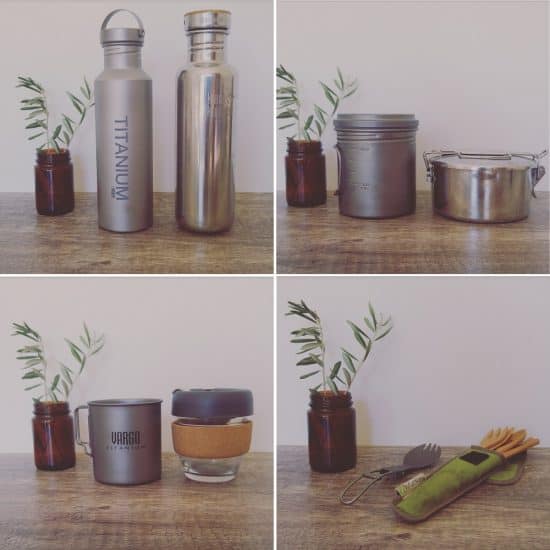
The Vargo water bottle weighs 120g, compared with 240g for the Klean Kanteen bottle (it’s a slightly smaller volume, being 650ml as opposed to 800ml).
The Vargo BOT (which is what Vargo call their reusable container) weighs 136g, versus 295g for the stainless steel container. Despite owning a few stainless steel containers, none of mine are actually leakproof. The Vargo BOT is leakproof, so I can use it as a second water bottle if required.
The Vargo travel cup weighs 61g, versus 222g for the KeepCup. Clearly they are quite different (the KeepCup has a lid, and an insulated band). But I don’t want to take (breakable) glass with me on this trip.
The Vargo spork weighs 17g, and the bamboo fork and spoon (part of my To-Go wear set) combined weigh 17g (with the knife, chopsticks and the case it’s more). So they weigh the same, but the bamboo fork isn’t very easy to eat with – I tend to only use the spoon, which doesn’t work for everything. I love how small the titanium spork packs down.
Additionally, I’ve packed a single Onya produce bag, my 4myearth food wrap, and a lightweight reusable tote bag.
The total weight of my reusables: 452g.
Toiletries
I keep my toiletries pretty simple at home, so this wasn’t a challenge. Bar soap, a bamboo toothbrush, a pot of DIY sunscreen, a pot of DIY cold cream, a pot of homemade toothpaste and a pot of DIY deodorant.
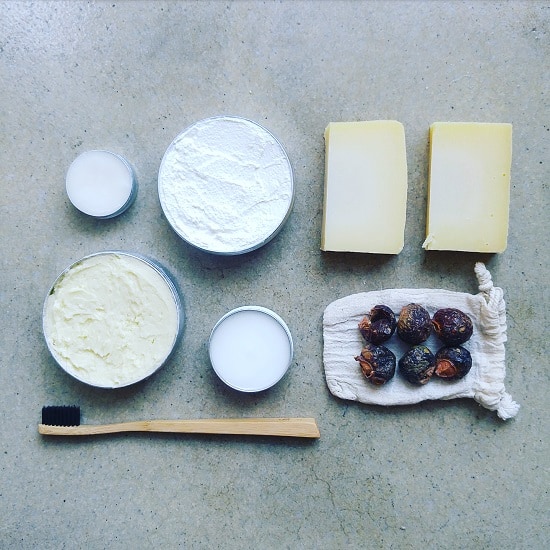
I also packed 6 soap nuts for laundry, my Diva cup (reusable menstrual cup), and a hankie.
Total weight: 521g.
The Final Pack
My final pack weighs 5.8kg. This includes every single thing thing except my hiking boots, but clearly I’ll be wearing some of the clothes. I was aiming for less, but it’s still manageable.
I’m going to go through everything one more time before I leave, so I still might be able to shave some weight off.
And that’s it! Tomorrow I head to the south of France to begin the walk into and across Spain.
Here’s to five weeks of walking. I’ll report back from the other side on how it all went :) Wish me luck!
[leadpages_leadbox leadbox_id=1429a0746639c5] [/leadpages_leadbox]


